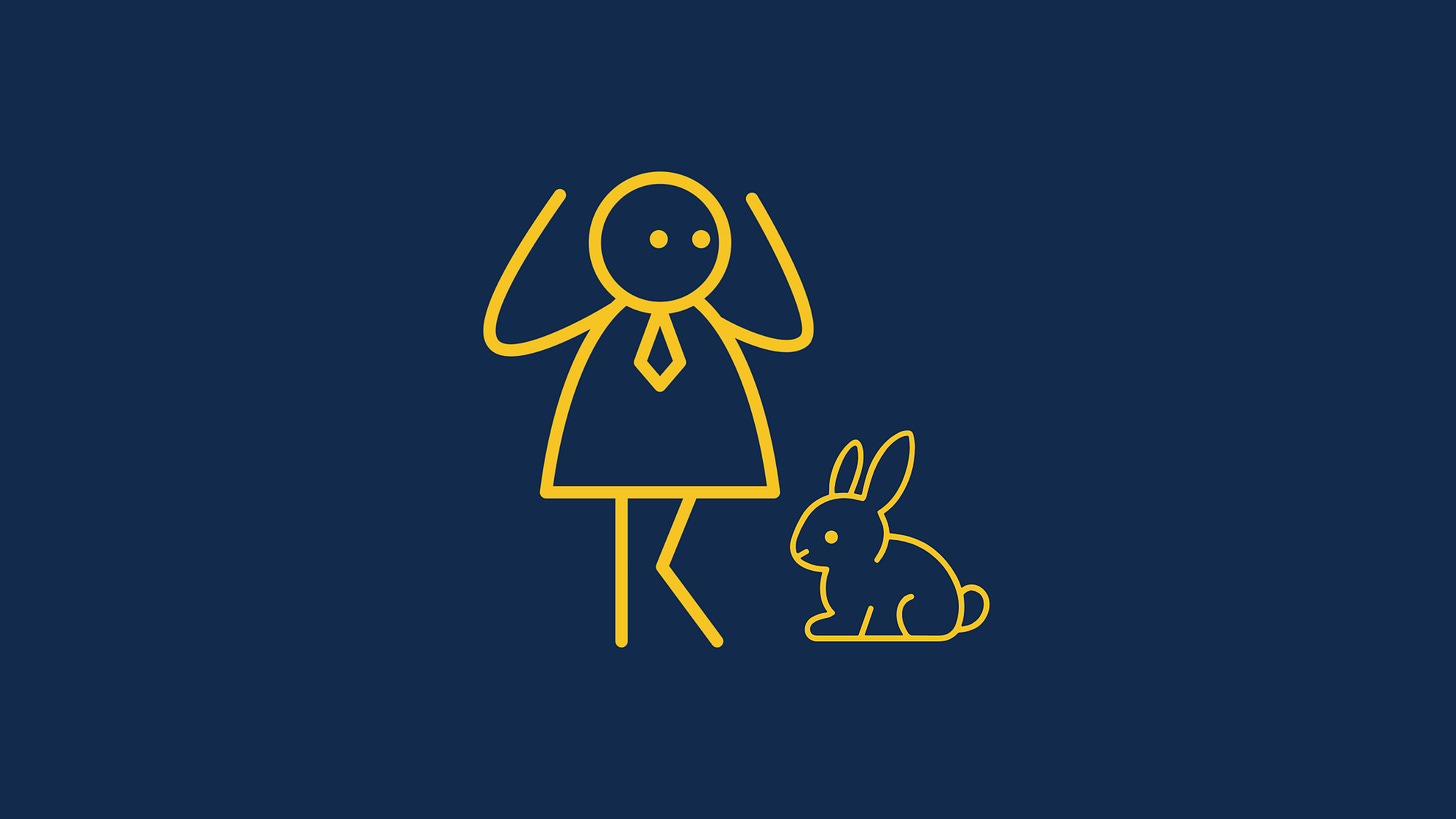Stop Treating AI Like a Task Rabbit
Start Treating It Like a Collaborator
Too many people treat AI like a content vending machine:
Insert prompt, receive post.
But the good stuff doesn’t come from commands.
It comes from conversations.
The problem isn't the AI.
It's that most of us are approaching it all wrong.
We're treating sophisticated language models like glorified task rabbits.
Digital errand runners we can order around with minimal direction.
"Write me a LinkedIn post."
"Create an email sequence."
"Generate a lead magnet."
This approach misses the real opportunity: AI isn't just a replacement for work. It's a partner that can improve your thinking.
Here's how I'm approaching my content creation by treating AI as a collaborator instead of a servant:
I Have Conversations, Not Transactions
Task Rabbit Approach: Send a vague request and accept whatever comes back.
Collaborator Approach: I feed in transcripts, thoughts, or raw notes from real conversations, then engage in multiple rounds of feedback. I ask for specific angles, push back on generic phrasing, and refine outputs across several iterations.
When something sounds off-brand or robotic, I don't just accept it.
I explain why it doesn't work and provide examples of my voice.
Just like you would with a human writing partner.
I Ask for Thinking, Not Just Doing
Task Rabbit Approach: "Generate 10 social media posts about leadership."
Collaborator Approach: I share my goals, assumptions, and even doubts. I brainstorm through dialogue, asking for feedback and better angles.
I might ask it what I'm missing, what the alternative viewpoints are, or what I could do to make my ideas and arguments stronger.
The resulting conversation reveal new ideas and insights I may not have considered.
I Build Systems, Not One-Offs
Task Rabbit Approach: Create a new prompt from scratch every time.
Collaborator Approach: I'm building reusable, modular prompts that understand my voice, audience, and goals.
This transforms AI from a random content generator into an extension of my thinking process, and a ghost writer who gets me through that blank page while still keeping my ideas and my voice inherent in the output.
I Mine Real Work, Not Artificial Ideas
Task Rabbit Approach: "Give me ideas for a newsletter."
Collaborator Approach: I pull content from coaching calls, emails, Slack threads, and real conversations. I then use AI to surface themes, insights, and phrases, turning doing into documenting.
Earlier this week, I fed a transcript from a client call into my AI partner and asked: "What themes or insights from this conversation might be valuable to my broader audience?" It identified half a dozen concepts that I'm turning into posts.
I Focus on Outcomes, Not Output
Task Rabbit Approach: Create content for content's sake.
Collaborator Approach: Every piece of content has a job to do: get subscribers, sell a product, test a new offer, or maintain consistency with my audience.
I explicitly tell my AI partner what I'm trying to achieve and what the Call-to-Action for the piece will be so it can help me focus the content on that outcome.
The Difference Is In the Partnership
When you treat AI like a task rabbit, you're just outsourcing work.
When you treat it like a collaborator, you're extending your thinking.
The first approach might save you time, but the second makes you better.
The task rabbit approach has it's place.
Sometimes you just need to get sh$t done.
But it can also lead to lazy thinking.
Where you can't even write a two-line email without help from AI.
So, I'm working to use AI not as a crutch, not to shortcut thinking.
But rather to deepen my thinking.
Not to replace the work, but to elevate the parts that matter most.
If you're tired of generic AI-generated content that sounds like everyone else's, stop throwing commands at your tools and start having conversations with them instead.
Your content—and your thinking—will be richer for it.



Love this 👏